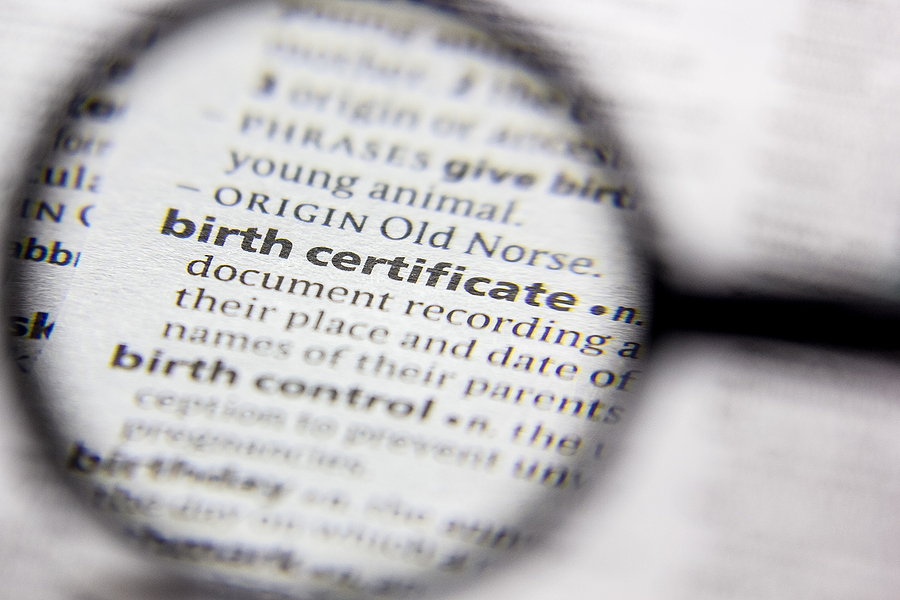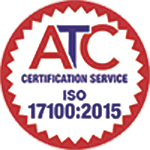Quick Quote
Archives
- November 2023
- October 2023
- September 2023
- August 2023
- July 2023
- June 2023
- May 2023
- April 2023
- March 2023
- February 2023
- January 2023
- December 2022
- November 2022
- October 2022
- September 2022
- August 2022
- July 2022
- June 2022
- May 2022
- April 2022
- March 2022
- February 2022
- January 2022
- December 2021
- November 2021
- October 2021
- September 2021
- July 2021
- June 2021
- April 2021
- March 2021
- February 2021
- December 2020
- October 2020
- August 2020
- July 2020
- June 2020
- May 2020
- April 2020
- March 2020
- February 2020
- January 2020
- November 2019
- October 2019
- September 2019
- August 2019
- July 2019
- June 2019
- May 2019
- April 2019
- March 2019
- February 2019
- January 2019
- December 2018
- November 2018
- October 2018
- September 2018
- August 2018
- July 2018
- June 2018
- May 2018
- April 2018
- March 2018
- February 2018
- January 2018
- December 2017
- November 2017
- October 2017
- September 2017
- August 2017
- July 2017
- June 2017
- May 2017
- April 2017
- March 2017
- February 2017
- January 2017
- December 2016
- November 2016
- October 2016
- September 2016
- August 2016
- July 2016
- June 2016
- May 2016
- April 2016
- March 2016
- February 2016
- January 2016
- December 2015
- November 2015
- October 2015
- September 2015
- August 2015
- July 2015
- June 2015
- May 2015
- April 2015
- March 2015
- February 2015
- January 2015
- December 2014
- November 2014
- October 2014
- August 2014
- July 2014
- June 2014
The Challenge of E-learning Translation
E-learning has come of age and in some contexts, it may be the only way to accomplish new skills and knowledge. Of course, e-learning is now international and that means it as to be professionally translated. This can be quite a challenge, but with the right approach and materials, you can make it easier on yourself. Here are some tips to meet the challenge of e-learning translation. It doesn’t matter what sort of translate is involved, if it’s important, then you will need to use professional translation services. Of course, most translators tend to specialize in one or more particular languages and also in one or more branches of translation. With the changing face of translation today, that means using a professional translator who has expertise in e-learning translation. Graphics can be culturally sensitive. It’s best to keep to images that are culturally neutral and that have no text embedded in them. If text is embedded in a graphic image, it will have t be extracted to translate it, which means complications with the source files and re-touching of the image. That means trying to avoid content that has a lot of idioms or colloquialisms in it. Another way of making it easier for translators is to use a lot of bulleted points rather than extended paragraphs. Just think while you are creating your content that it has to be translated. What can you do to make it easier and faster to do that? Where e-learning is to be translated it should use apps that can deal with the sorts of characters that are used in the target languages. Unicode UTF-8 should be used for all files such as HTML and XML. Avoid text which is displayed in what are sometimes called “tofu boxes”. It’s not a good idea to use script code like VB Script or Javascript for all that content which is to be translated. The professional translation services charged with translating or localizing the content may have to spend time filtering the script out using special parsers.Use professional translation services
Be careful with graphics
Use content that is translation friendly
Use Unicode wherever you can
Avoid using embedded text used for translation









Leave a Reply